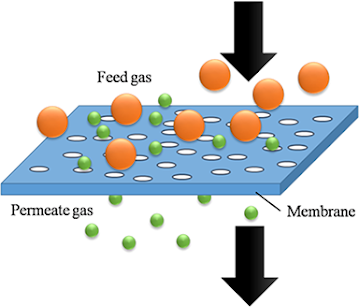Membrane Separation Market 2023 Booming Strategies of Top Companies, Growth Analysis, Regional Demand and Challenges 2030

Membrane separation is a process used in various industries to separate different components or substances in a mixture by utilizing a semi-permeable membrane. The membrane acts as a barrier that allows the selective passage of certain molecules or particles while blocking others based on their size, shape, charge, or other properties. There are different types of membrane separation processes, including: Reverse Osmosis (RO): Reverse osmosis is a commonly used membrane separation process in which a pressure gradient is applied across a membrane to separate solutes from a solvent. The process is effective in desalination, water purification, and the concentration of liquids. Ultrafiltration (UF): Ultrafiltration utilizes a membrane with larger pores than those used in reverse osmosis. It is used for the separation of macromolecules, colloids, and suspended solids from liquids. Ultrafiltration finds applications in wastewater treatment, dairy processing, and the food and beverage...

